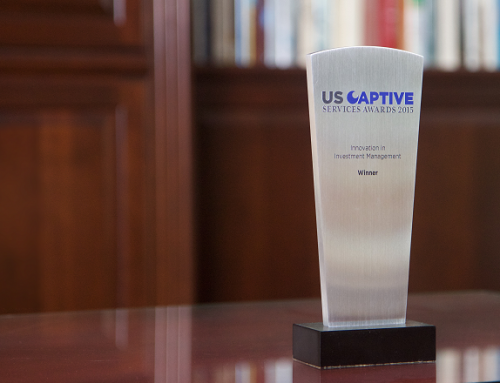In the years 2010-2012, investors around the world poured nearly $700 billion into bond funds, while taking nearly $300 billion out of stock funds. That was then, this is now. Today, more investors view the bond market as abnormally risky and are concerned that recent bond losses could deepen if interest rates continue to rise. ZIRP (zero interest rate policy) has come at the expense of savers and conservative investors, among them are retirees and captive insurance companies. Without an ability to find a risk-free return, much less a low-risk return, many investors have moved and continue to move into riskier assets in order to generate some returns.
>> Read Our Year End Update: 2013 in review: US Stocks win the race
Best Year Ever For Stocks Over Bonds
PIMCO's flagship Total Return Fund (PTTRX) is down -1.4% year-to-date. The S&P 500 is up 28.2%. With bond yields at historic lows, higher-than-normal volatility, and uncertainty about eventual tapering of the US Federal Reserve's quantitative easing program, investors are concerned about their bond assets in a rising rate environment.
In a note to clients, BofA Merrill Lynch strategist John Bilton wrote, “3Q13 earnings season may have left many investors with a rather ‘hollow' feeling; but it’s hard to deny that 19% total returns in stocks, when bonds are on course for their worst year since 1987, makes for a tidy performance from stocks this year (chart 5); and if SPX closes 2013 at 1750 and US 10y yields at 3%, stocks will have beaten bonds by 37% in total return terms – the highest differential in 40 years.”
Fund Flows Say All Eyes On Equity Management
According to Strategic Insight, equity funds and ETFs are on track to attract $450 billion in 2013, more than the past 4 years combined. “This is the year for stock mutual funds. Investor confidence continues to trigger higher stock fund flows,” commented Avi Nachmany, Strategic Insight’s Director of Research. In the month of October, equity mutual funds and ETFs overall experienced inflows of $60 billion while bond mutual funds and ETFs experienced net redemptions of $15 billion.
A Game of Musical Chairs
Perhaps the greatest challenge facing investors currently is that the strong stock performance this year is not driven by human irrationality as it was during the internet bubble. Rather, investors are moving to risk assets because of coordinated policy moves by the Federal Reserve, the Bank of Japan, the European Central Bank, and Bank of England. While current policy is maintained, investors will be rewarded for playing in the equity pool. However once the music stops, will investors be scrambling to sit down in a finite number of chairs?
As we wrote in “Is the Bear (Market) Coming Out of Hibernation?,” since the 1950s, there have been 10 bull markets with an average duration of 4 years. With the market nearing 4 3/4 years into its bull run, investors have one eye on the exit door. So it all boils down to equity management. As we enter 2014, it just might be worthwhile to not only look in the rear view mirror to see how your equity manager performed in the past 12 months but to check how he/she performed in 2000 and 2008.
Luckily, the music has not stopped, yet.
photo credit: David Paul Ohmer via photopin cc
Is the Bear (Market) Coming Out of Hibernation?
With the market now 4.5 years into its bull run, investors have one eye on the exit door.
By





